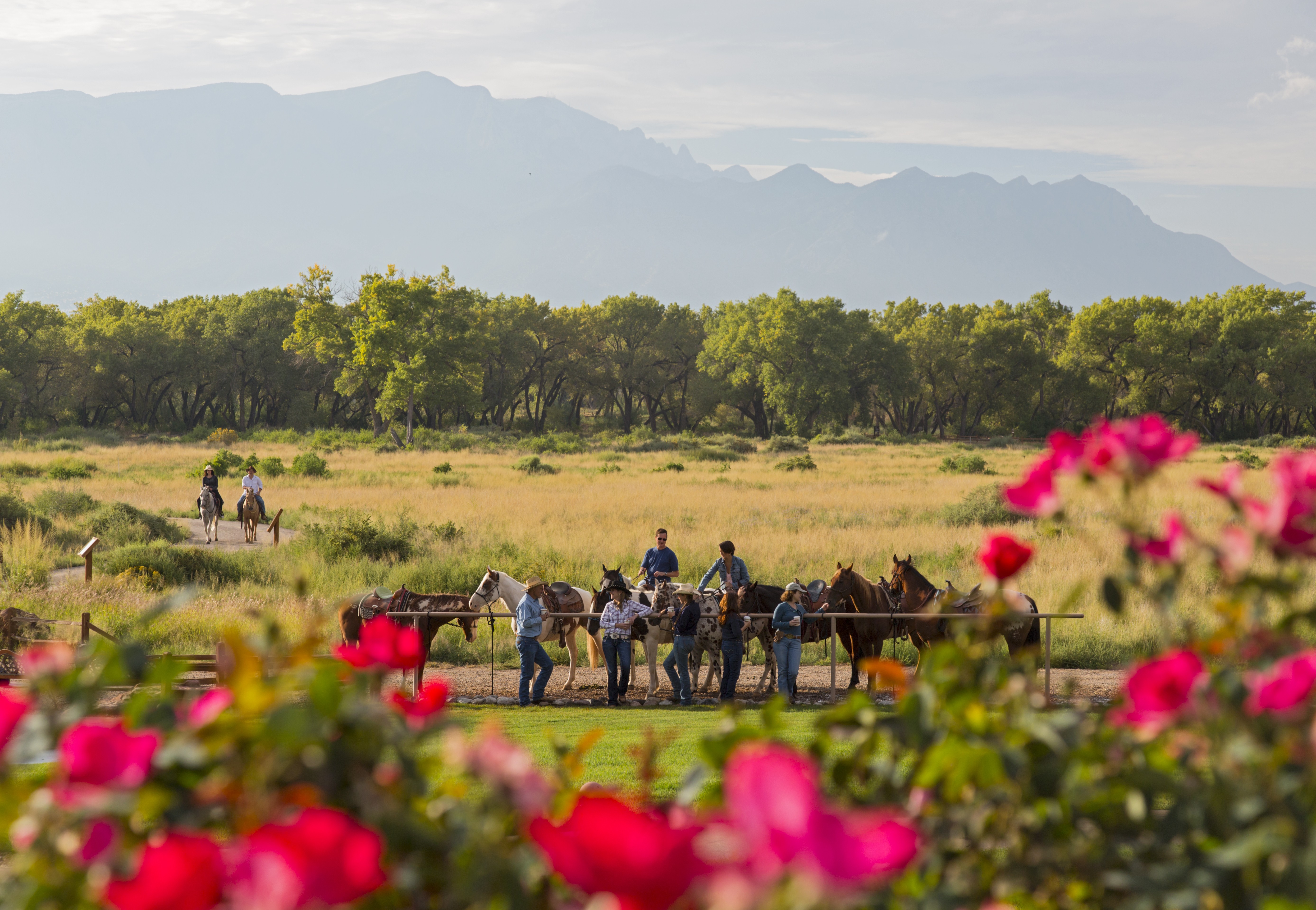Article by AITA published in the Fall 2025 issue of the Tribal Gaming & Hospitality magazine
Across the United States, Indigenous hotels and resorts are not just places to stay — they are gateways to outdoor adventure, cultural heritage, and the natural beauty of Native Nations and communities. By pairing comfortable accommodations with recreation tourism activities like hiking, biking, horseback riding, kayaking, and canoeing, these destinations appeal to travelers seeking more than a room key — they offer experiences that immerse guests in the landscapes and traditions of each region.
Adventure travelers are driven by a passion for exploration and a desire to immerse themselves in the natural world, and their numbers are steadily growing. Outdoor recreation tourism is one of the fastest-expanding travel trends, fueled by travelers seeking health, wellness, and authentic connections with nature. These visitors are drawn to destinations offering hiking rugged trails, biking scenic routes, paddling pristine waters, or horseback riding across open landscapes. For them, the thrill lies in exploring new terrain, challenging themselves physically, and engaging with local culture. Resorts and hotels with direct access to such activities are increasingly in high demand.
In Warm Springs, Oregon, Kah-Nee-Ta Resort invites visitors to explore miles of scenic trails perfect for hiking, biking, and horseback riding through high desert terrain. The resort’s location on the Warm Springs Reservation offers striking views and a direct connection to the area’s history.
To the north in Worley, Idaho, the Coeur d’Alene Casino Resort Hotel draws outdoor enthusiasts with its diverse recreational offerings. Guests can embark on bike and boat tours, enjoy guided hikes through lush forest, or paddle across tranquil waters by kayak or canoe — all while learning about the tribe’s deep relationship with the land and waterways.
In Corning, California, Rolling Hills Casino and Resort stands out with its impressive equestrian center, where guests can ride in the foothills of the Sacramento Valley or take lessons from skilled trainers. For those seeking a desert escape, We-Ko-Pa Casino Resort in Fort McDowell, Arizona, offers scenic  Tamaya Stables, Pueblo of Santa Ana, NMtrail rides and traditional wagon rides, showcasing the beauty of the Sonoran Desert.
Tamaya Stables, Pueblo of Santa Ana, NMtrail rides and traditional wagon rides, showcasing the beauty of the Sonoran Desert.
Nearby in Chandler, Arizona, Wild Horse Pass Casino partners with the Koli Equestrian Center to give guests the chance to ride horseback across open desert landscapes, while learning about the Gila River Indian Community’s ranching heritage. Further east, in Santa Ana Pueblo, New Mexico, the Tamaya Resort offers unforgettable horseback riding along the Rio Grande, with trails that wind through cottonwood forests and mesas steeped in Pueblo history.
These destinations highlight the powerful combination of hospitality and adventure. By offering access to outdoor recreation alongside luxury stays, tribal hotels and resorts are creating memorable experiences that encourage longer visits, repeat travel, and a deeper appreciation for the cultures that call these lands home. For travelers who crave both comfort and connection, these properties prove that the journey outdoors can begin right at the resort’s doorstep.






